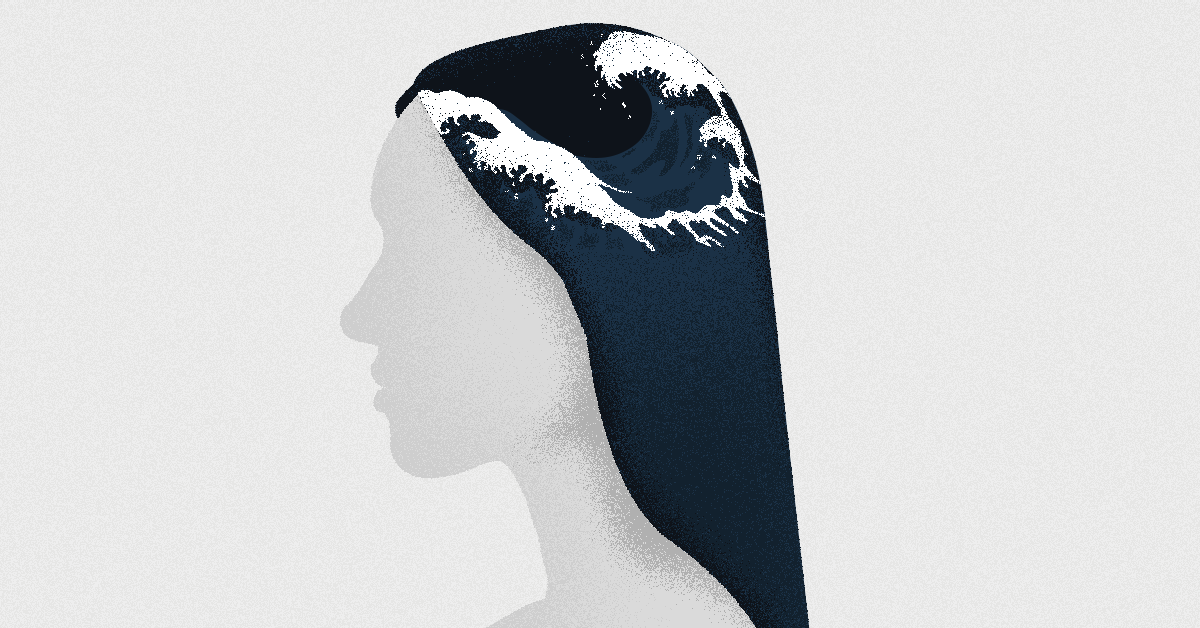
“I was suppressing myself so much, it was like I had turned off my entire nervous system”
A young queer woman recounts how the daily experience of exclusion and isolation became a burden on her mental health.
|2025.10.29
|
What harms queer people is not their identity, but the reaction of their environment to them and, above all, the fear of rejection.
Deep down, a sense of helplessness continued to weigh on her.
Activism gave her a language, and with it came a fragile sense of belonging.
She remembers the warmth of being with girls, the first experiences of attraction to them, feelings she was too young to name.

Dafina Halili
Dafina Halili is a senior journalist at K2.0, covering mainly human rights and social justice issues. Dafina has a master’s degree in diversity and the media from the University of Westminster in London, U.K..
This story was originally written in Albanian.
Want to support our journalism? Join "HIVE" or consider a donation.